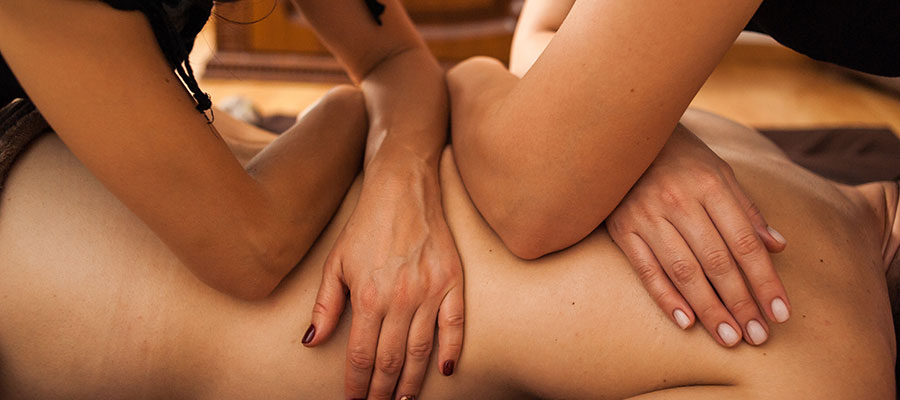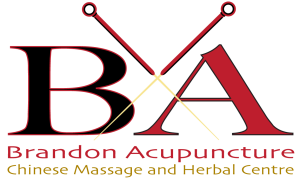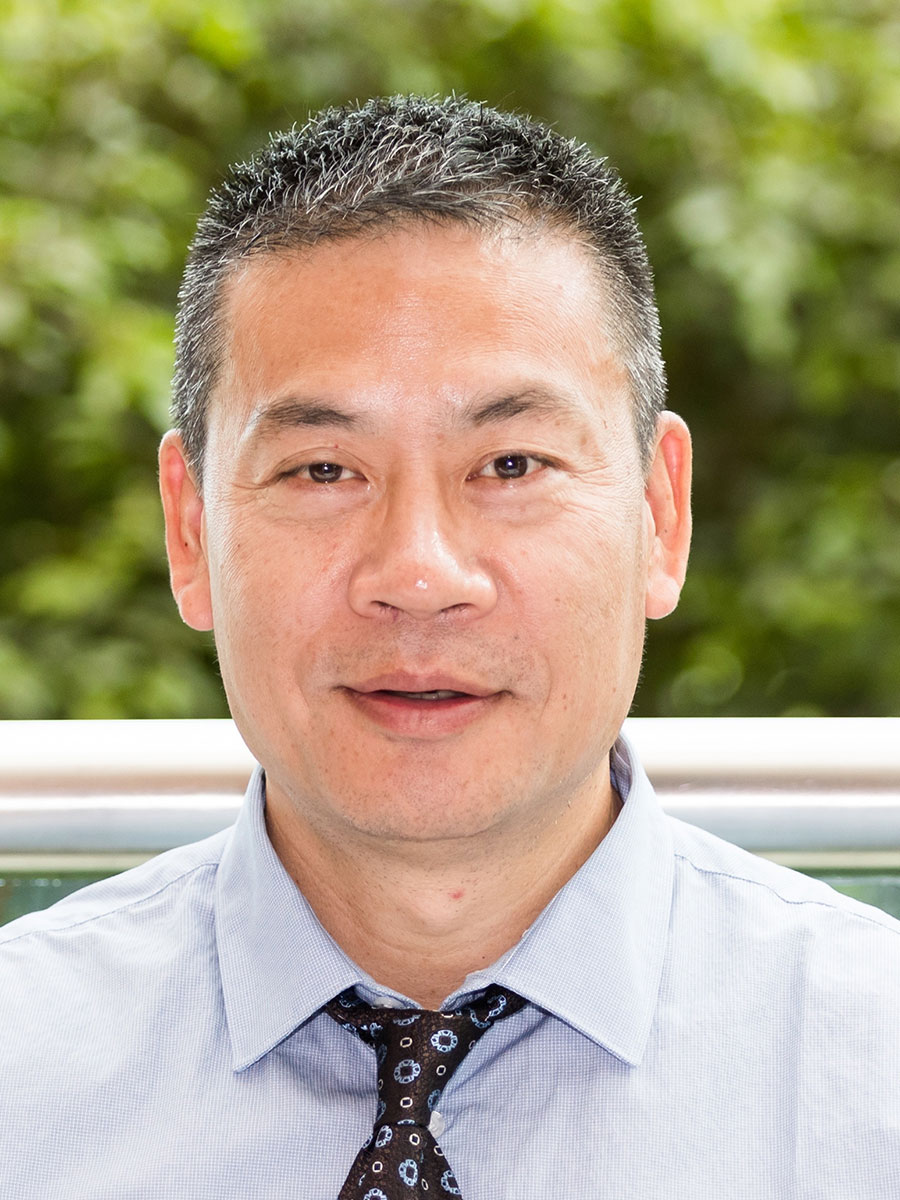Acupressure is a type of massage therapy in which manual pressure is applied to specific points on the body. It is a practice of traditional Chinese medicine (TCM) practice that is similar to acupuncture, except that it uses fingertip pressure instead of needles.
Acupressure is said to help with a range of conditions, from motion sickness to headache to muscle pain. TCM practitioners say acupressure benefits are achieved by using pressure points along the energy pathways in the body, to encourage the free flow of energy, or qi.
This article explains the procedure of acupressure massage and how pressure points are used. It discusses the safety and side effects of acupressure, as well as research on acupressure benefits.
How Does Acupressure Work?
Acupressure is thought to treat blocked energy, although it remains uncertain exactly what acupressure does. Some think the pressure may cause the release of endorphins. These are natural pain-relieving chemicals in the body.
Others think the pressure may influence the autonomic nervous system. This is the part of the nervous system that controls involuntary things like your heart, digestion, and breathing.
According to the principles of TCM, invisible pathways of energy called meridians flow within the body. At least 14 meridians are thought to connect the organs with other parts of the body.1 If qi is blocked at any point on a meridian, it’s thought to cause health problems along that pathway.2
A practitioner applies pressure to specific acupressure points to restore healthy energy flow. The points they choose depends on your symptoms.
Given how meridians run, pressure points used may be distant from the site of the symptom. For example, an acupressure point on the foot may be used to relieve a headache.
What Are the Acupressure Points?
There are 361 pressure points on 14 meridians. The points are the same as those used in acupuncture.
For example, the pressure point Neiguan (P-6) is primarily used to treat nausea and vomiting. To find it, turn your hand palm up. Place your thumb at the center of where the hand meets the wrist. Move your thumb two finger-widths toward the elbow. The point is between two large tendons, which you should be able to feel as you apply pressure.
A few other commonly used pressure points include:
- Lie Que (LU-7) on the thumb side of your wrist may help stimulate your immune system.
- Qu Chi (LI-11) on the elbow is used for fever, vomiting, diarrhea, and abdominal pain.
- Zu San Li (ST-36) below the knee is used for loss of appetite, acid reflux, and constipation.
- He Gu (LI-4) in the hand may reduce chemotherapy side effects, menstrual pain, and headaches.
- Shen Shu (UB-23) on the lower back is used for lower back pain.
- Liang Qiu (ST-34) above the knee may prove useful for osteoarthritis knee pain.
What Is Acupressure Used For?
Few studies have looked at the effectiveness of acupressure, but there is some evidence that suggests it may help.
In a 2017 study, researchers looked at the effects of acupressure on pain and anxiety. Subjects were athletes with a sports injury. On the day of the injury, researchers treated the subjects with one of the following or gave them no acupressure at all:
- Three minutes of acupressure
Three minutes of a placebo treatment (sham acupressure applied to a false pressure point)
The study concluded that acupressure reduced pain compared to the sham treatment or no acupressure. There was no change in anxiety.
A 2017 review analyzed the results of three trials in chemotherapy patients. Researchers found that acupressure performed with fingers or an acupressure wristband decreased nausea, vomiting, and retching.
While these are promising results, another 2017 review of 22 clinical trials on acupuncture or acupressure for the induction of labor found no clear benefit.


